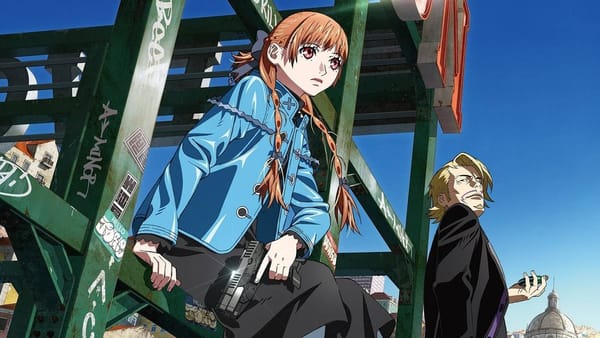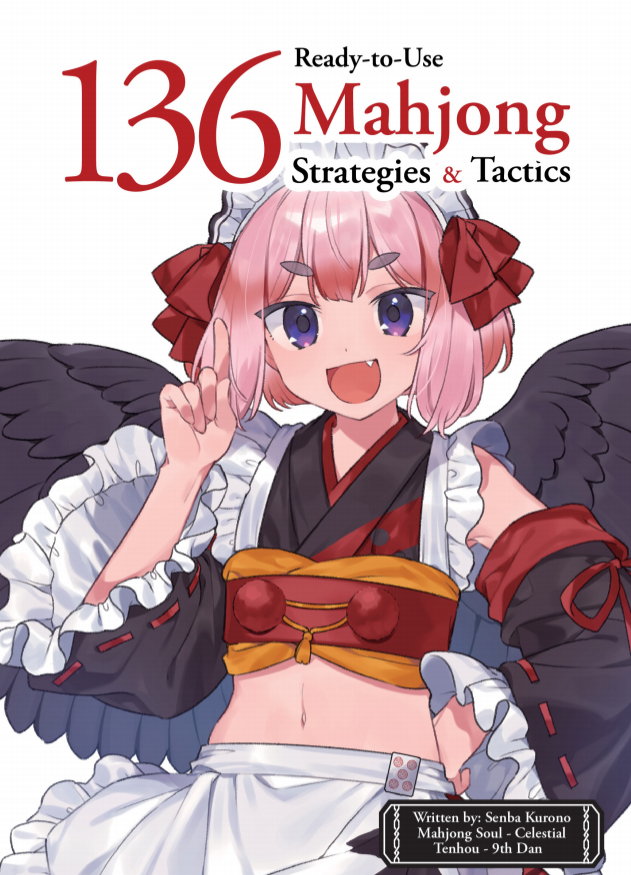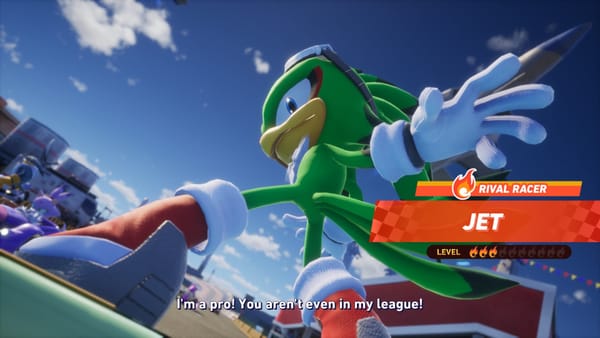Virtua Fighter 5 REVO with rollback netcode is my Forever Video Game
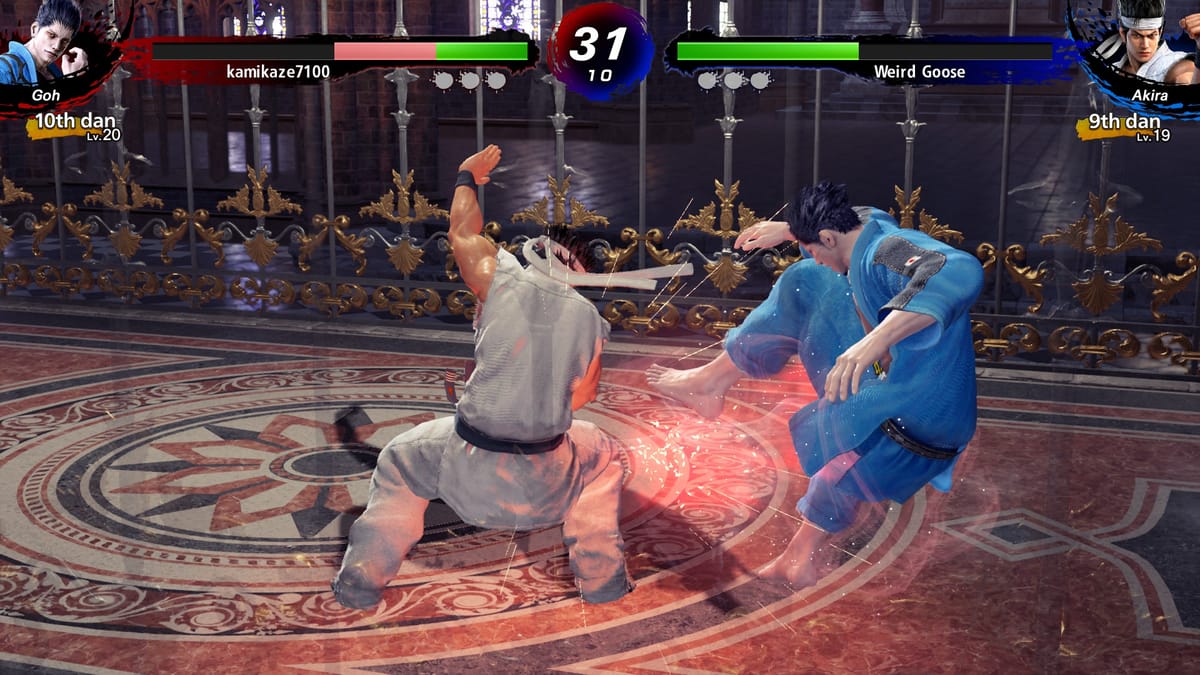

Listen, I reviewed this game the last time it came out. On the Xbox 360. For Joystiq. Nine years ago. So I’m not going to write the same review again, say everything I’ve been yelling on street corners about Virtua Fighter for twenty years. I’ll try and trim it down.
Virtua Fighter 5 is a superlative martial arts fighting game that still holds up today. Its beauty is in its high level of detail— both mechanically and audiovisually— and its purity of purpose. It aims to simulate the expert, meticulously choreographed hand-to-hand combat you see in great action movies, and it’s particularly influenced by vintage Hong Kong action. The unreal airplane swoosh you hear when a leg spins, the way a punch to the gut sounds like two boulders colliding; these are part of the point.
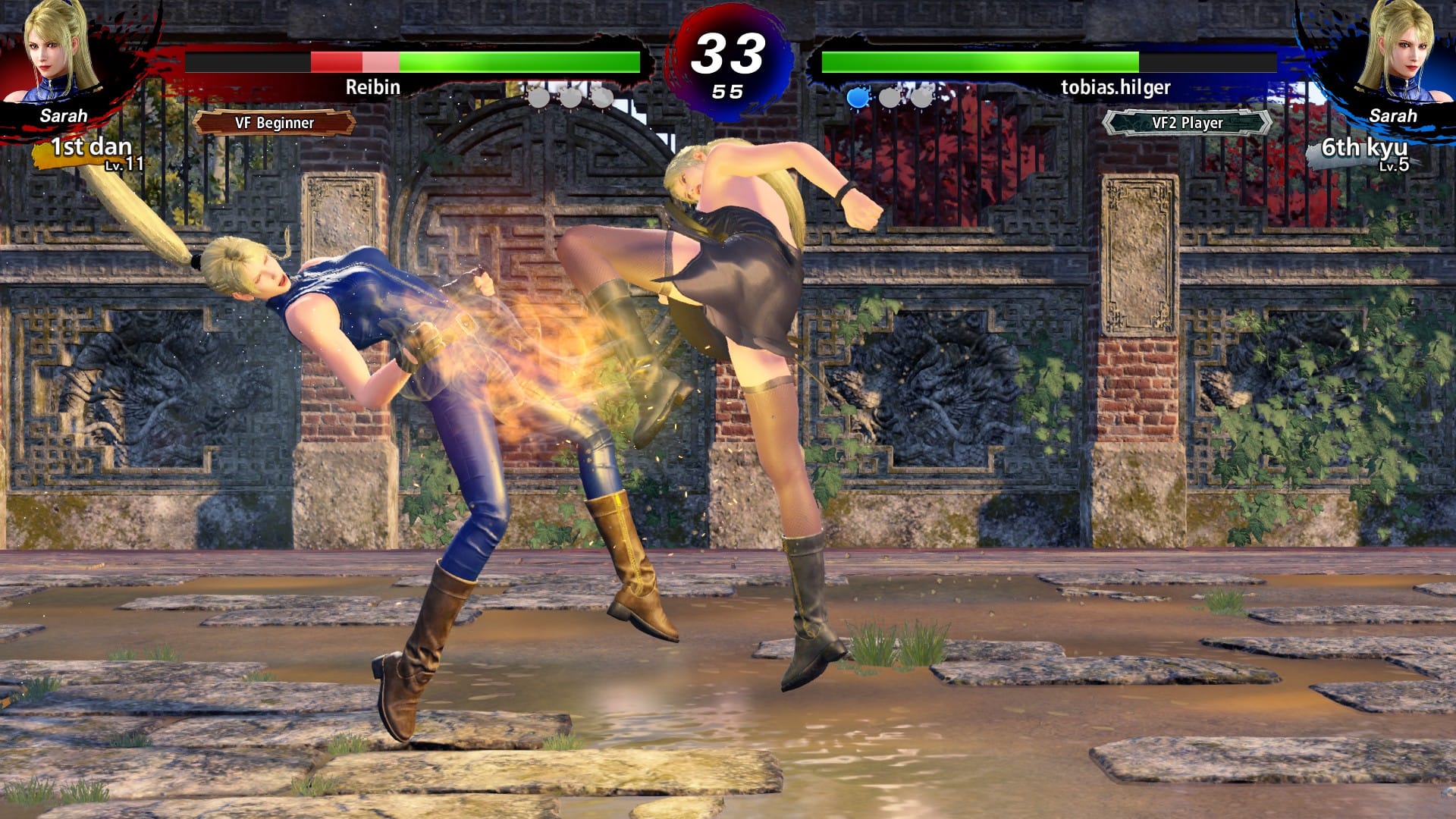
Like the best of Sega’s arcade output, Virtua Fighter isn’t real: it represents an obsessively researched unreality. Maybe that’s what “Virtua” is; some nerd’s fantasy painstakingly etched into silicon. Maybe that’s why I’ve been enjoying this one video game for twenty years.
It's also a competitively designed game from a time before that was in fashion in the West, and that design holds up over a decade later. Indeed it might be better-received today by the community that it was always intended for.
This newsletter is a solo labor of love, and I depend on the generosity of subscribers like you to keep things going. In addition to making sure I get to keep eating, paid subscribers also get access to exclusive bonus posts, including a companion piece for this review! If you can't become a paid sponsor, your free subscription is still appreciated and will keep this newsletter coming to your mailbox.
And speaking of: The main caveat about this release of VF5 is that it’s specifically meant for versus online players— the Japanese release was called Virtua Fighter e-sports, and was supported with a large tournament series— and as such has very little single-player content outside of the basic arcade mode.
Luckily, Virtua Fighter 5 is one of the most rewarding multiplayer fighting games you’ll ever pick up. Each character has a unique style and specialty, and the characters’ giant move lists hide multitudes of strategies, tricks and counter-plays. And contrary to reputation, VF is really not that much harder than other fighting games; I’d argue it’s much more intuitive than Street Fighter 6 or even Tekken 8.
(If you’d like a Virtua Fighter with substantial single-player grind, you will probably want to either wait for the upcoming revival or go back even further in time, to the old PS2 release of Virtua Fighter 4 Evolution.)
Now I’m going to talk about other stuff.
Rollback
Two of my old training buddies, Tricky Eileen and adamYUKI, test cross-country online play with fast connections.
Online play with rollback netcode is the specific draw for this new PC version. When the previous release of this remake (Ultimate Showdown) came out for PS4, its delay-based online play was relatively improved from previous versions, but it still only worked well if the other player was very geographically close to you. This was fine for Japanese players on ultra-fast fiber connections, but it left the rest of the world with a game made specifically for online multiplayer modes… that didn’t really work.
Rollback netcode makes multiplayer significantly more available, but it takes time as the devs need to effectively rebuild a game to accommodate it. It also raises the technical requirements significantly— which is probably why the PS4 version is not getting rollback— and REVO’s rollback launch was a little iffy.
Though a lot of folks have been saying "why doesn't a 20-year-old game run right online?!", recall that REVO is based on a pretty recent remake that completely re-did the graphics. Adding rollback to that means that you’re going to need a powerful machine— recommended specs or above— to run this game online at the all-important steady 60 frames per second.
(This isn’t just a technical nitpick in fighting games, or action games in general: animation frames figure directly into the gameplay as the precise amounts of windup and recoil from attacks, so it’s very important that the game display at the right framerate and respond with as little input lag as possible.)
My setup is brand new with a pretty decent Geforce RTX 4060 that crushes on most games, and I still had to turn off every single special effect to get this game down to a steady 60 fps online. Fiddling with the settings is basically mandatory for online to play correctly, as once the game looks at your graphics card, it chooses settings that work for offline and don’t seem to take online play into account.
As with the more demanding Tekken 8, many online players have poorly configured setups or just can’t run the game very well, and this can badly compromise ranked matches. After a patch the game no longer experiences the kinds of bugs it used to… but I still live in fear of a character crashing into a fence the wrong way and permanently destroying the frame rate, rendering the match unplayable for the duration.
Right now I have been enjoying ranked online matches very much, after turning off all special effects, and I advise you do the same. I am hoping for an online-oriented benchmark that gives players a realistic portrait of their game’s online performance, and hopefully another patch that eliminates some of the remaining bugs and perhaps makes some of those visual effects usable again. The good news is the dev team has been very active and hands-on with this game; I fully expect that kind of follow-up.
New balance patch, 15 years later
I have these Figmas. They were like $10-20 for years and now that they're out of production, they're $80+ because people don't appreciate things until you take them away
Final Showdown had a patch during its arcade life and has since then remained untouched. VF players reasonably expected Final Showdown to stay the way it was forever, even after the recent remake. After all, it’s effectively a retro game now.
But there are little issues with any fighting game, right? And after 15 years you certainly find them. Even Super SF2 Turbo got patched… though that didn’t stick. And say what you will, but people have begged for and would probably play a patch of SF3: Third Strike where half of the characters weren’t useless. SNK has patched its evergreens in the King of Fighters series (98 and 2002 in particular) plenty of times via re-releases.
So sure, what the hell: Virtua Fighter 5 2.0. The flashiest thing going on in this balance patch is the restoration of a lot of old moves that were removed between versions of VF5 back in the day: there was the original version from ‘05, then VF5R, which never left Japanese arcades, then Final Showdown. This is well and good: everyone agrees that Jeffry should have never lost his signature Splash Mountain throw, for example.
Below that level, there are more nuts-and-bolts changes that are relevant most to the game’s still-ticking competitive crowd. The theme here is common-sense changes to moves that are either too strong or too weak in ways that don’t make sense in the overall scheme of things.
Rather than looking at Final Showdown’s obvious best-in-game choices (Akira, Jacky, Taka) and simply weakening them across the board, the devs have adjusted individual moves that were overpowered, like reducing the excessive reward for landing Akira’s guard break, or Taka's one sumo slap that was always the right move to use. They’ve also gone down the list on the other characters’ moves, asking “why is this move so bad?” and fixing up their frame data to give them a more reasonable risk/reward proposition. As such, a lot of the weaker characters (Aoi, Pai) have gotten a second wind. Where this puts the balance of the new version remains to be seen; it took 15 years to get here, after all.
I guess I can retire now
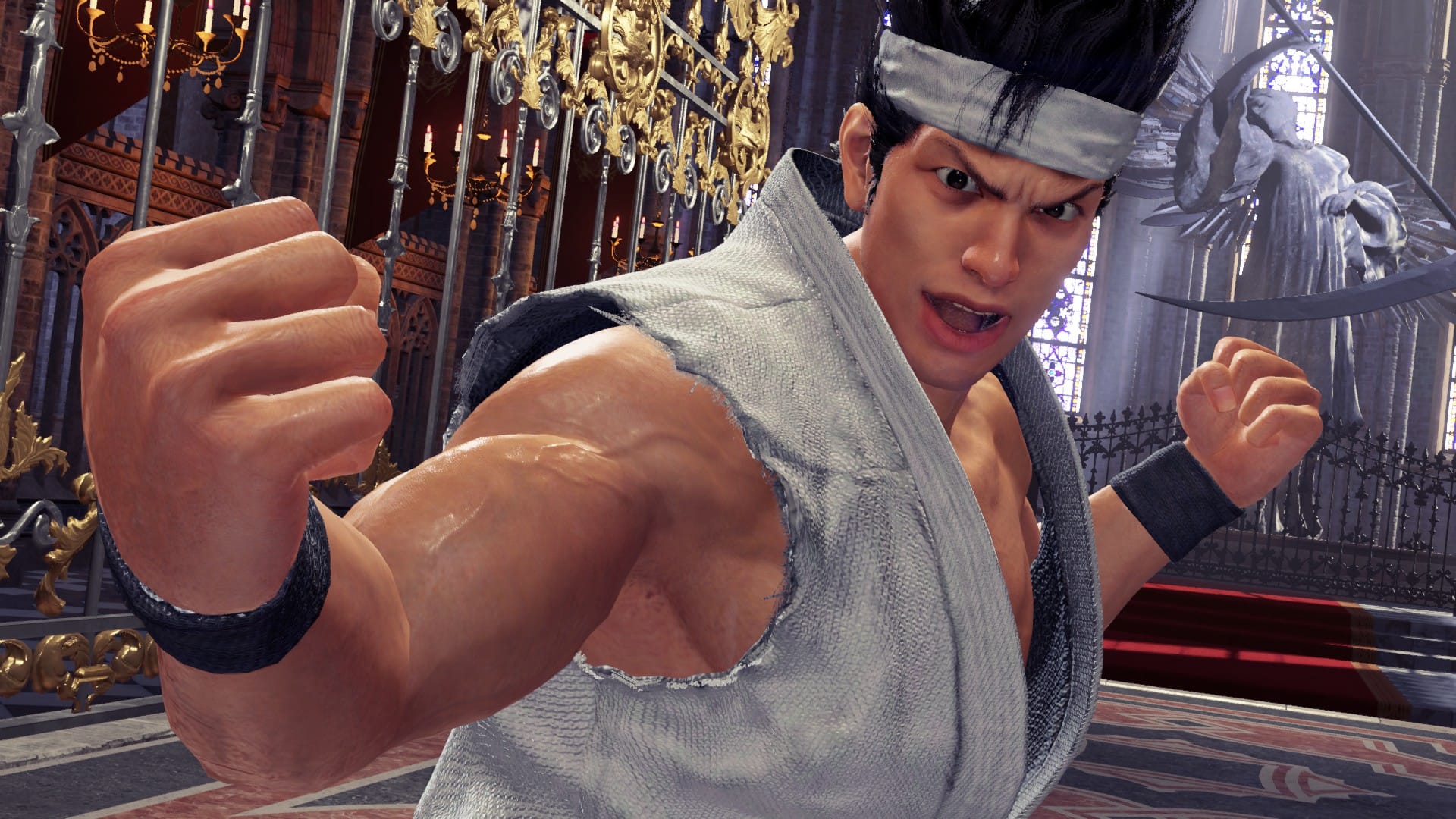
“Virtua Fighter 5 with rollback online play” was probably the video game I’ve wanted the most for the last 20 years, and for most of that time it was a pipe dream. New games have not really changed this: Learning Tekken was fine, and I respect it for what it does, but it’s not Virtua Fighter and it’s never gonna be. Excited though I may be for the new Virtua Fighter, I understand that it is probably going to be something very different from my beloved VF4/5. And I can live with that, so long as I have VF5 with rollback online. (Guilty Gear Xrd players might understand my feelings here.)
Be it in Youtube videos or in Bluesky’s discourse, I am constantly dodging toxic FGC discussion about the game of the month being “dead” for any number of reasons: there are less players for it on Steam right now than there were last week, we haven’t heard what day next year’s new characters are coming out, or— heavens forbid!— it’s been too long since they added cosmetic skins.
I want to tell my fellow fighting game players to get off that ride they're on, of immediately declaring every game they already own "dead" while looking to every game they loathed ten years ago as a flawless classic, and every game that isn't out yet as the salvation of our doomed scene. Play fighting games, already. Find one you love and move along when you don't.
Who cares if they stopped making DLC hats for it? Who cares if it's unsupported? Did you want to make a Youtube video about it, or did you want to play the damn game?
My definition of a great fighting game is as follows: when I finish a session, I think to myself "Damn, this game is good." I've encountered more of those games over the last ten years than I could ever have time for. Yet after 20 years, VF5 still makes my list of games I could play forever. Find a game like that for yourself, and don't limit yourself to the newest and shiniest, or you'll never be happy.
Thanks for reading! If you liked this post enough to get down here you will probably like the rest of the newsletter, where in addition to fighting games I talk about arcade and retro gaming, anime/manga, mahjong, and whatever else comes up. Paid subscribers keep me fed and also unlock bonus posts, and today I have a companion piece to this review up. Please consider supporting this material if you liked it, because you'll get more of it if you do!
